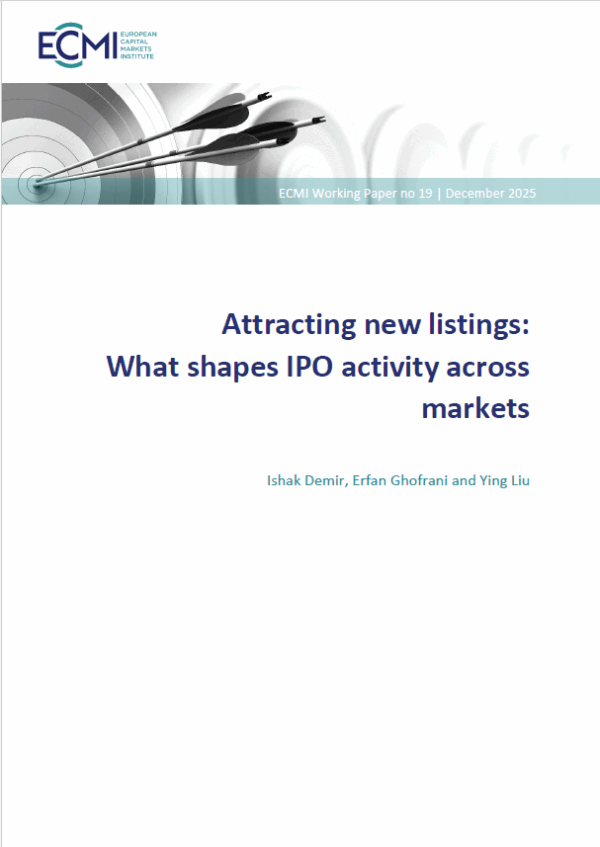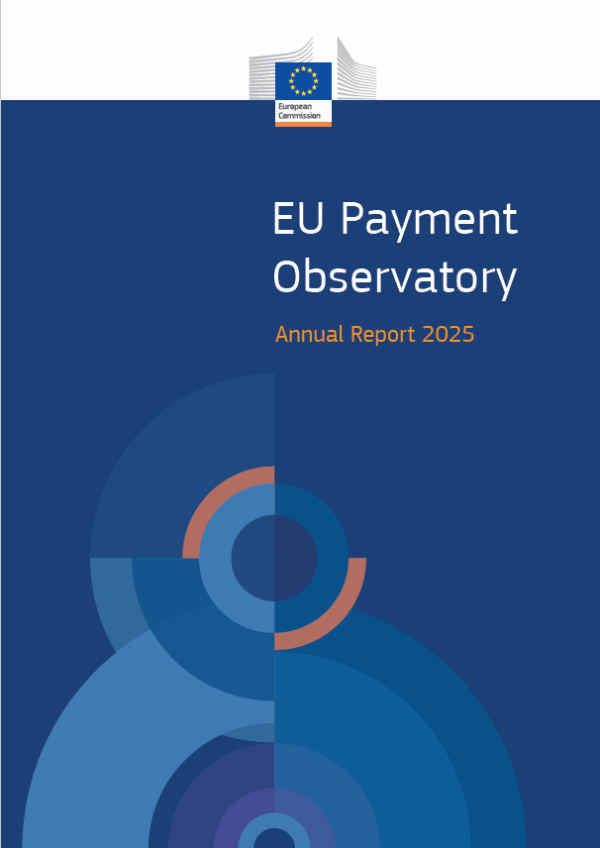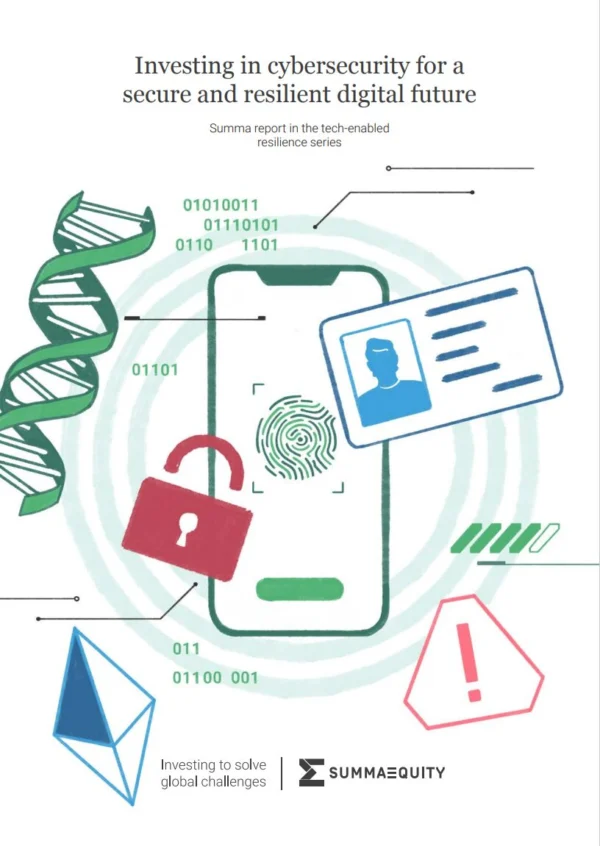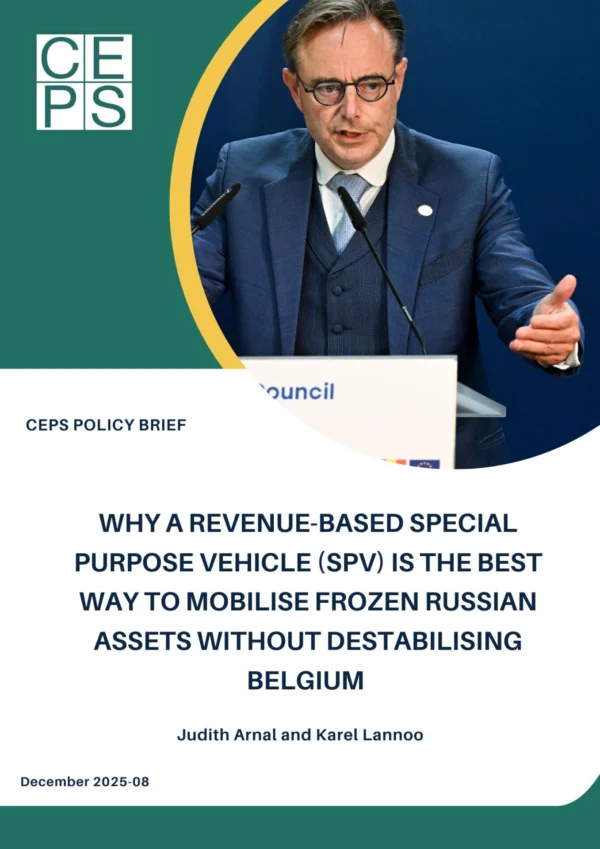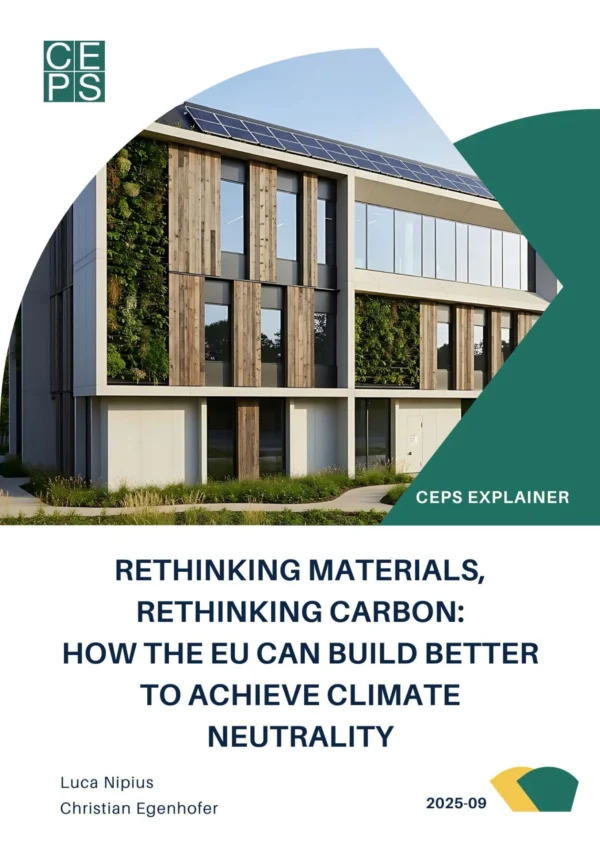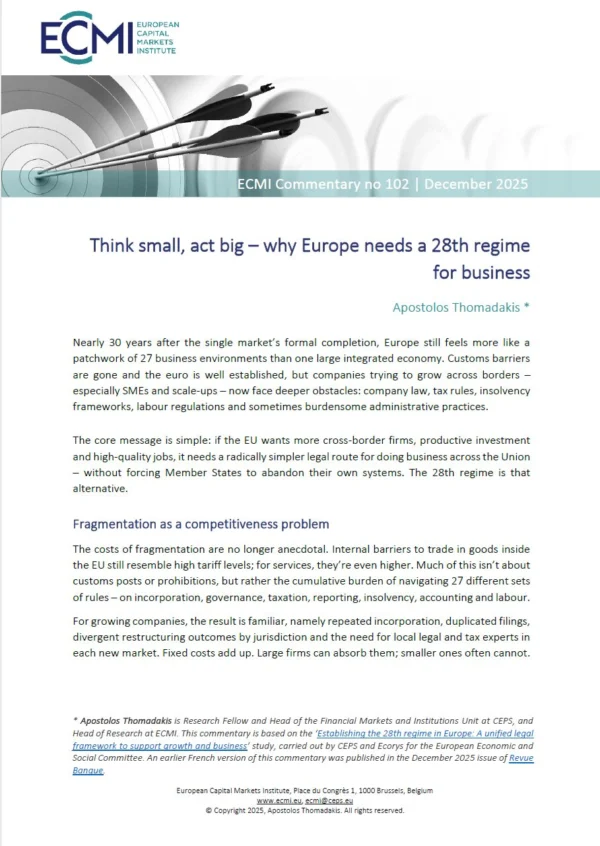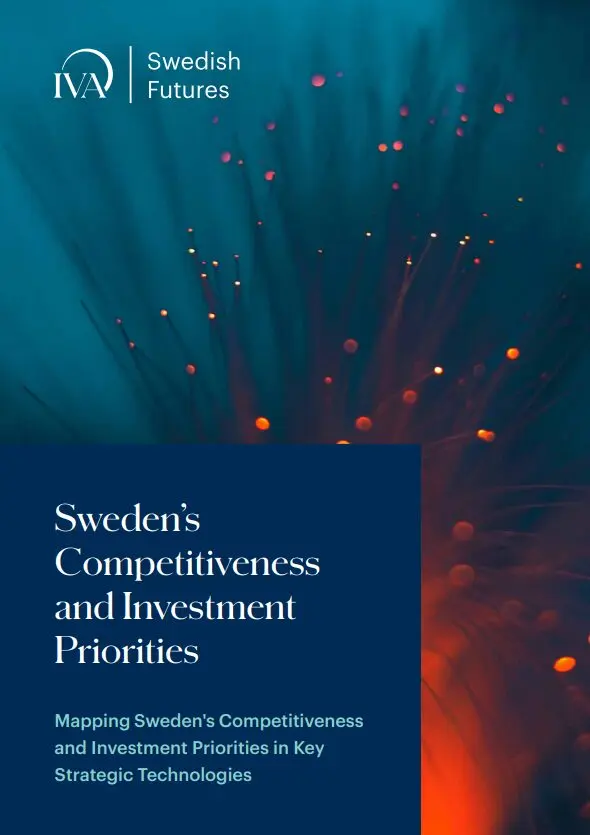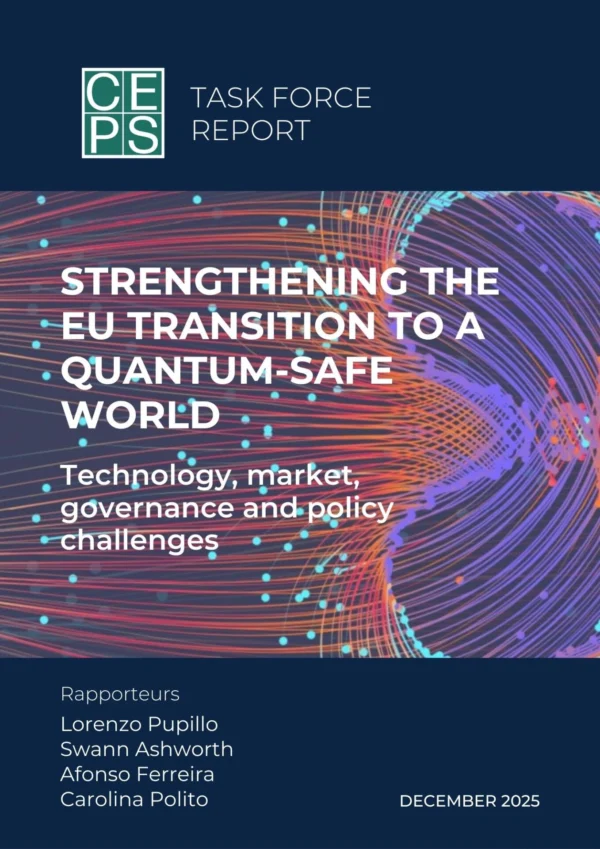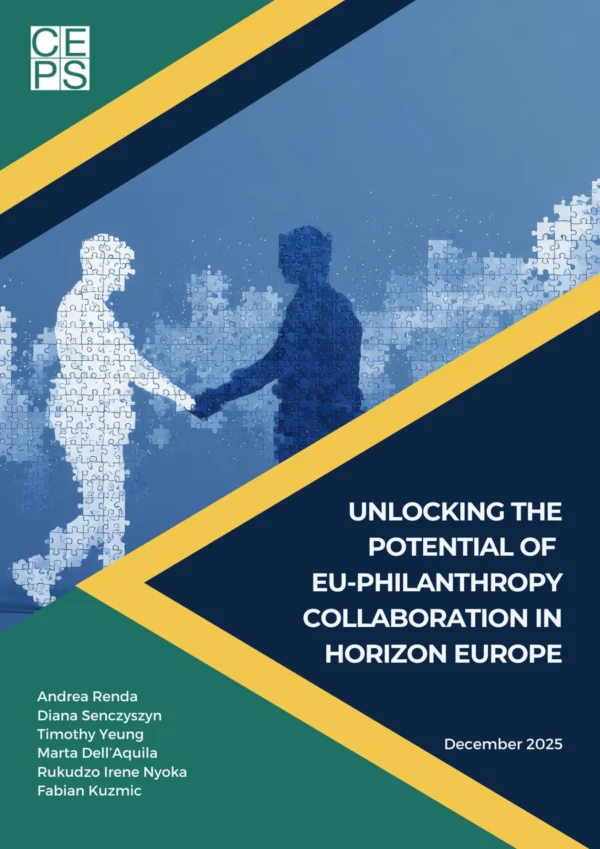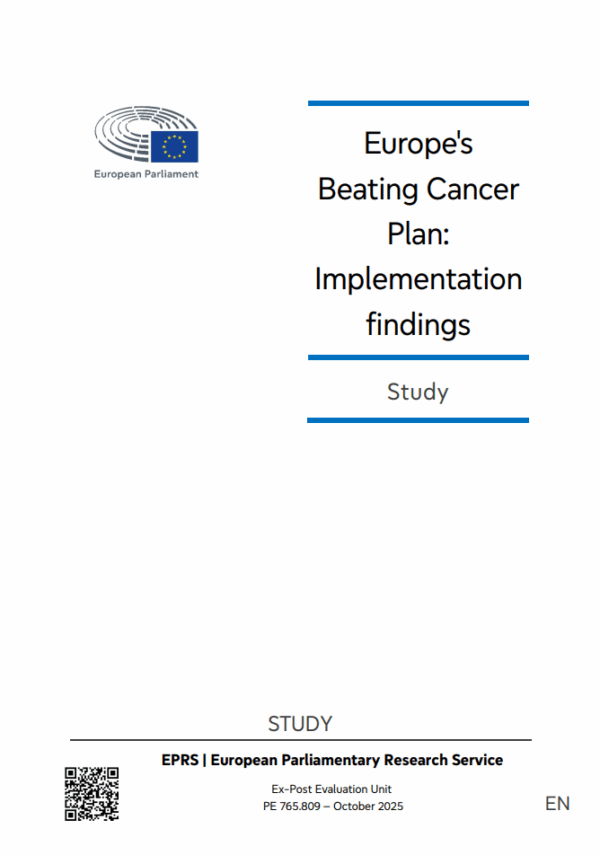For much of its history, Armenia has been a prisoner of its difficult geography. Situated at a strategic crossroads, it has lost out in competition with much larger regional powers and empires, and was the victim of the first genocide of the 20th century. Armenia is now at a crucial political crossroads yet again, this time with the fate of the country’s strategic orientation and domestic stability in the balance.


The challenges facing Armenia are daunting, and go well beyond its dangerous over-dependence on Russia, the burden of the unresolved Nagorno-Karabakh conflict, and the enduring legacy of the Genocide. In fact, the most serious threat to Armenia is not just external but domestic. Entrenched corruption and the democratic deficit that impede sustainable economic policy and sound political reform. This means that the solution is also less external, but must address deeper domestic deficiencies.
After Russia pressurised Armenia to give up its potential Association Agreement and Deep and Comprehensive Free Trade Agreement (DCFTA) with the EU in 2013, and Armenia took the surprise decision to join the Eurasian Economic Union,[1] relations between the EU and Armenia entered a period of ‘strategic pause’. By becoming a member of the Eurasian Economic Union in February 2015, Armenia transferred core elements of its external trade policy to the Eurasian Economic Union and is bound by the Eurasian Economic Union’s common external tariff, albeit with about 800 exemptions until 2020.[2]
Since joining the Eurasian Economic Union, however, Armenia has steadily and stealthily sought to regain and restore relations with the EU, and to deepen its ties to the West more broadly. For example, the EU and Armenia re-opened negotiations on a revised and revamped EU-Armenia framework agreement in December 2015, after the launch of a so-called ‘scoping exercise’ in October 2014 that sought to identify areas for such an agreement. Despite the renewed political will demonstrated by both Brussels and Yerevan, the negotiations are complex and face several constraints. First, the agreement should respect Armenia’s commitments vis-à-vis the Eurasian Economic Union. Second, it will have to take into account the inherent limits stemming from the Armenia-Russia bilateral gas deal signed in December 2013. The gas deal grants Gazprom a monopoly to operate pipelines in Armenia and prevents the Armenian government from making regulatory changes in this area until 31 December 2043. Third, the failed attempt at an Association Agreement (AA) and DCFTA included a large body of EU legislation to be adopted by Armenia. Although the new agreement will not include a DCFTA per se, in a number of areas it will still include EU acquis related to trade and economic cooperation, albeit to a lesser extent than the AA and the DCFTA. Moreover, Armenia has requested more time to implement the EU legal acts. A fourth limiting factor stems from certain Commission Directorate Generals (DGs), such as the DG for Financial Stability, Financial Services and Capital Markets Union (DG FISMA) and DG for Health and Food Safety (SANTE), which are no longer as interested in forging an ambitious agreement with Armenia, citing a lack of resources as one reason.
Domestic drivers of change
In the Armenian context, foreign policy issues have long shaped domestic discourse. The Nagorno-Karabakh conflict and the Genocide have also driven and defined politics at home. But more recently, the primacy of foreign policy over domestic politics has reversed. Now, domestic problems and priorities tend to drive policy, with foreign policy being implemented to garner legitimacy and national security concerns engendered by the Naghorno-Karabakh conflict being used as a justification for the slow pace of reform. In this context, Armenia’s rare ‘second chance’ to repair and rebuild relations with the EU is seen more as an opportunity for domestic gain rather than diplomatic dividends.[3]
This context also explains Armenia’s strategy for re-engaging with the EU. For example, in the course of negotiations with Brussels, the Armenian side requested a so-called ‘carve-out’ clause, through which Armenia would reserve the right to opt out of various articles if there were new commitments made to the Eurasian Economic Union. The EU has rejected this possibility because a carve-out clause would make the implementation of the commitments in the EU-Armenian framework agreement uncertain, thereby degrading it and making it inferior to Armenia’s arrangements with the Eurasian Economic Union.
Another confirmation of domestic political considerations determining foreign policy is the timing of Armenia’s approach to the EU. Armenia would like to conclude the negotiations on the agreement before the end of 2016; although considered by the EU as unrealistic, this would allow current President Serzh Sarkisian to use the agreement with the EU as a key plank in the ruling party’s electoral campaign in the May 2017 parliamentary elections. This would strengthen the successor government and possibly bolster his own bid to become the new prime minister.
Cosmetic vs. real change
Since the adoption of a set of constitutional amendments in a referendum in December 2015, Armenia has embarked on a difficult and at times destabilising political transition. The most notable feature of the new constitution was the transformation of the country’s system of governance from a presidential to a parliamentary one. As a starting point for this transition, however, the constitutional change was not reassuring. Rushed through by the government and offering little or no coherent justification of the urgency of constitutional change, the questionable referendum undermined public confidence. Like the country’s record on recent elections, the referendum was marred by concerns about the accuracy of electoral rolls and related voting irregularities.[4]
Moreover, there is a serious lack of public trust and confidence in the state, which has undermined the credibility of the government’s reform programme and partly explains the country’s profound societal divisions. Against that backdrop, the desperate act by a radical fringe group of gunmen in July, who ambushed a police station in a fatal hostage-taking incident, only demonstrates the incendiary degree of frustration. This is also linked to a deeper undercurrent of political dissent and popular discontent, exacerbated by widening disparities in wealth and income. The main lesson from this incident is that it is dangerous for any incumbent government to ignore or dismiss popular demands for change and expectations of reform.[5]
But with the passage of the constitutional amendments, the forthcoming parliamentary elections of April 2017 will be inherently more significant and, in the event of yet another case of questionable electoral conduct, may trigger a powerful backlash, sparking new challenges to stability and security. There is also a deeper context of political change underway, as incumbent President Serzh Sarkisian represents the ‘last of the Mohicans’ from a particular political elite in Armenian politics. This elite, personified by the president, is defined by leaders who come to Armenia from Nagorno-Karabakh and rise to power in Armenia because of the Karabakh conflict. The waning power and eclipse of the political fortunes of this elite is apparent in the emergence of younger faces, including both former and current prime ministers.
The deeper significance of this internal transition is made up of two new elements. First, there is the generational battle mentioned above, as younger political leaders emerge as rivals and aspire to undermine and unseat the ‘old guard’ politicians. The second aspect of this transition is even more destabilising; there is a new political conflict that is not the traditional one between the government and the opposition, but a dynamic rivalry between factions within the ruling elite itself, and between and within pro-government parties themselves.
This transition is also being watched closely in Moscow. Committed to ensuring a reliable Armenian leadership, Russia’s response has been swift. The appointment of the new Armenian prime minister, a senior Gazprom executive, is seen as a move that was forced on the Armenian president in a bid to shore up Russian influence and allay concerns over potential instability in Armenia.[6] But as both the political problems and the solutions in Armenia are now systemic in nature, a change of personalities rather than policies will no longer be an adequate response.
What next?
Looking ahead, the EU offers Armenia a significant strategic opportunity to bolster stability and buttress reform through this transition. In this regard, the EU and Armenia should commit to tailoring a framework agreement by modifying it as an ‘Association Agreement Lite’ rather than a Partnership and Cooperation Agreement Plus. In practice, this means issuing a strong values-based political declaration with core prerequisites, including the necessity of free and fair elections, the safeguarding of human rights and fundamental freedoms, and other areas to be applied to Armenia, selected for stringent scrutiny and credible conditionality by the EU.
Moreover, under such an ‘Association Agreement Lite’, Armenia would be required to commit to certain key obligations, especially in the area of justice. This would include, among other things, establishing a truly independent judiciary and tackling entrenched corruption, while the EU should offer incentives such as opening a visa liberalisation dialogue with Armenia.
Finally, any future EU-Armenia framework agreement should also include as much EU acquis as possible, with the imposition of strict implementation timetables where feasible, attached to both trade-related and sectoral areas of cooperation. Only in this way would the agreement become an ambitious effort worthy of the ‘second chance’ and the renewed political will that exists to salvage Armenian-EU relations. At the same time, the potential EU-Armenia framework agreement also stands as a major test, and as a strategic opportunity for a successful demonstration of the EU’s renewed policy of increasing differentiation, in which it takes a more flexible approach towards the neighbourhood at large.
Hrant Kostanyan is a Researcher in the EU Foreign Policy unit at CEPS, a Senior Key Expert at College of Europe Natolin and an Adjunct Professor at Vesalius College. Richard Giragosian is Director of the Regional Studies Center (RSC), an independent think tank in Armenia.
[1] H. Kostanyan (2015) “The Rocky Road to an EU-Armenia Agreement: From U-turn to detour”, CEPS Commentary, https://www.ceps.eu/publications/rocky-road-eu-armenia-agreement-u-turn-detour.
[2] Treaty on the Accession of the Republic of Armenia to the Treaty on the Eurasian Economic Union, 29 May 2014, https://docs.eaeunion.org/en-us/Pages/DisplayDocument.aspx?s=bef9c798-3978-42f3-9ef2-d0fb3d53b75f&w=632c7868-4ee2-4b21-bc64-1995328e6ef3&l=540294ae-c3c9-4511-9bf8-aaf5d6e0d169&EntityID=7297.
[3] R. Giragosian (2015) “Armenia and the Eurasian Economic Union: The view from Yerevan.” European Council on Foreign Relations (ECFR) Commentary. http://www.ecfr.eu/article/commentary_armenia_
and_the_eurasian_economic_union_the_view_from_yerevan387
[4] OSCE Office for Democratic Institutions and Human Rights, “Republic of Armenia Constitutional Referendum, 6 December 2015 OSCE/ODIHR Referendum Expert Team Final Report, Warsaw, 5 February 2016. http://www.osce.org/odihr/elections/220656
[5] R. Giragosian “Armenian hostage standoff and political implications,” al Jazeera English commentary, 18 July 2016. www.aljazeera.com/indepth/opinion/2016/07/armenian-hostage-standoff-political-implications-160718084605238.html.
[6] “Ex-Gazprom Executive Becomes New Armenian Prime Minister,” Radio Free Europe/Radio Liberty’s (RFE/RL) Armenian Service, 13 September 2016, http://www.rferl.org/a/armenias-new-prime-minister-karapetian-gazprom/27983645.html.

